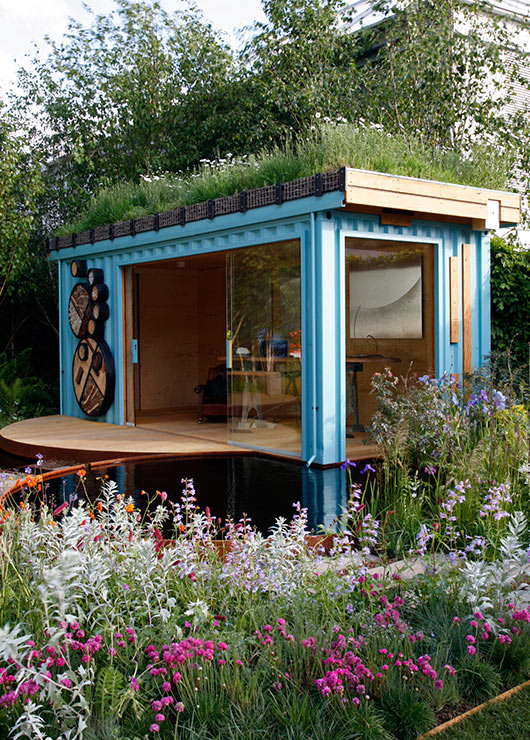
 2
2




 8
8




Visit Redhawk's soil series: https://permies.com/wiki/redhawk-soil
How permies.com works: https://permies.com/wiki/34193/permies-works-links-threads
 10
10











 8
8




Invasive plants are Earth's way of insisting we notice her medicines. Stephen Herrod Buhner
Everyone learns what works by learning what doesn't work. Stephen Herrod Buhner

 9
9




r ranson wrote:We don't like the idea of windows because this weakens the structure and lets more moisture in in the winter.
We are thinking of solar panels on top and motion sensor lighting inside as well as one with a switch. We don't get much sun in the winter though. Sometimes less than 2 hours of sunlight a week - overcast winters and very far north.
How Permies works: https://permies.com/wiki/34193/permies-works-links-threads
My projects on Skye: The tree field, Growing and landracing, perennial polycultures, "Don't dream it - be it! "
 7
7












 6
6




 7
7




Christopher Weeks wrote:I have this vision in my head of several containers surrounding a courtyard garden. They act as fencing to keep critters out and also provide tool storage and harvest/curing sheds right where they're needed. But I haven't done the research to figure out how to actually materialize that.

 10
10




- Tim's Homestead Journal - Purchase a copy of Building a Better World in Your Backyard - Purchase 6 Decks of Permaculture Cards -
- Purchase 12x Decks of Permaculture Cards - Purchase a copy of the SKIP Book - Purchase 12x copies of Building a Better World in your Backyard












 9
9





How Permies works: https://permies.com/wiki/34193/permies-works-links-threads
My projects on Skye: The tree field, Growing and landracing, perennial polycultures, "Don't dream it - be it! "
 13
13




Nancy Reading wrote:I wonder if you could grow mycelium insulation directly in place and then just cut it out where you didn't need it? I'm imagining making an inner liner, stuffing in between with innoculated straw or sawdust and letting it grow .... I don't suppose it is that easy!












 6
6




How Permies works: https://permies.com/wiki/34193/permies-works-links-threads
My projects on Skye: The tree field, Growing and landracing, perennial polycultures, "Don't dream it - be it! "
 10
10




James 1:19-20
Not all those who wander are lost - J. R. R. Tolkien
 9
9




James 1:19-20
Not all those who wander are lost - J. R. R. Tolkien
 7
7




Caleb Mayfield wrote:Insulation like the pink fiberglass stuff or anything "loose" will draw moisture as the steel walls still condense moisture unless the surface is closed with a bond that cannot let humid air get to it at all.
Become extra-civilized!
 3
3




 4
4




 5
5




 7
7




 10
10




John Daley Bendigo, Australia The Enemy of progress is the hope of a perfect plan
Benefits of rainfall collection https://permies.com/t/88043/benefits-rainfall-collection
GOOD DEBT/ BAD DEBT https://permies.com/t/179218/mortgages-good-debt-bad-debt
 1
1




Caleb Mayfield wrote:I have a 40 foot High Cube shipping container on my property that has my shop in 15 feet of one end and storage in the rest.
For storage I built shelves on one side and install 24" deep pallet racking style shelves on the other side with a 48" aisle down the middle. You can also drill through the walls and bolt on boards like 2x6's to attach hooks or do a french cleat system.

|
Oh sure, it's a tiny ad, but under the right circumstances, it gets bigger.
The new kickstarter is now live!
https://www.kickstarter.com/projects/paulwheaton/garden-cards
|



